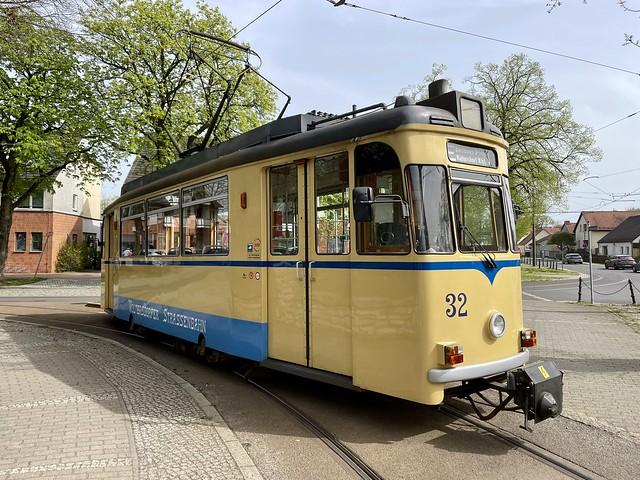Berlin Köpenick
Overview
Historical Significance
Köpenick, a district in the southeastern part of Berlin, boasts a rich tapestry of history that dates back over a thousand years. It is perhaps best known for the infamous "Köpenick Captain" incident in 1906, where a shoemaker named Wilhelm Voigt donned a military uniform and successfully impersonated a captain of the Prussian Guard. He took control of the town and even managed to commandeer a group of soldiers, all in a bid to highlight the absurdity of bureaucracy. This event has become a symbol of the power of deception and the quirks of authority in German history, and the Hauptmann von Köpenick Museum pays homage to this fascinating tale. Visitors can delve into the story and explore the wider significance of the event during a visit to this local museum.
Cultural Atmosphere
Köpenick has a unique charm that sets it apart from the bustling heart of Berlin. The district is characterized by its serene atmosphere, which is a refreshing change from the frenetic pace of the city's central districts. Wandering through Köpenick, you'll find a mix of historical architecture and lush green spaces, particularly around the picturesque Müggelsee Lake. The area is popular for leisurely walks, cycling, and picnicking, making it a haven for families and outdoor enthusiasts. In addition, the district hosts various cultural events throughout the year, including open-air concerts and local art exhibitions, fostering a strong sense of community.
Architectural Highlights
One of the standout features of Köpenick is its stunning blend of architectural styles. The highlight is undoubtedly the magnificent Köpenick Castle (Schloss Köpenick), a Baroque palace that dates back to the 17th century. This beautifully restored castle sits on an island in the Dahme River and is surrounded by lush gardens, offering a perfect backdrop for photographs. Inside, you can explore the museum that showcases the history of the castle and the surrounding area, with collections ranging from art to applied arts. The charming old town, with its cobblestone streets and quaint buildings, also captures the essence of traditional German architecture, creating a picturesque setting that feels almost like stepping back in time.
Local Characteristics
Köpenick is known for its strong local identity, with a range of small shops, cafes, and restaurants that reflect the area's character. The district features several traditional German eateries where you can sample hearty local dishes, such as Berliner Currywurst or Schweinebraten. The weekly market at the historic Alt-Köpenick square is a must-visit, offering fresh produce, artisanal goods, and a chance to mingle with the locals. The friendly atmosphere and community-oriented vibe make it easy to feel at home in Köpenick, even for first-time visitors.
Natural Beauty
Beyond its historical and cultural significance, Köpenick is also celebrated for its natural beauty. The nearby Müggelsee, Berlin's largest lake, offers a wealth of outdoor activities, from swimming and sailing to hiking along its scenic shores. The surrounding forests and parks, such as the Müggelwald, provide ample opportunities for nature lovers to explore the rich biodiversity of the region. Whether you’re looking to relax by the water, hike through the woods, or simply enjoy a quiet day in nature, Köpenick’s green spaces invite you to unwind and connect with the tranquility of the outdoors.
Transportation and Accessibility
Getting to Köpenick is straightforward, with excellent public transport connections from central Berlin. The S-Bahn trains provide a direct link to the district, making it a convenient day trip for those staying in the city. Once in Köpenick, you can easily navigate the area on foot or by bicycle, allowing you to soak in the sights at a leisurely pace. The blend of history, culture, and nature makes Köpenick an inviting destination for travelers seeking a slice of authentic German life away from the more tourist-heavy spots in Berlin.
Other towns or cities you may like in Germany
Explore other cities that share similar charm and attractions.



